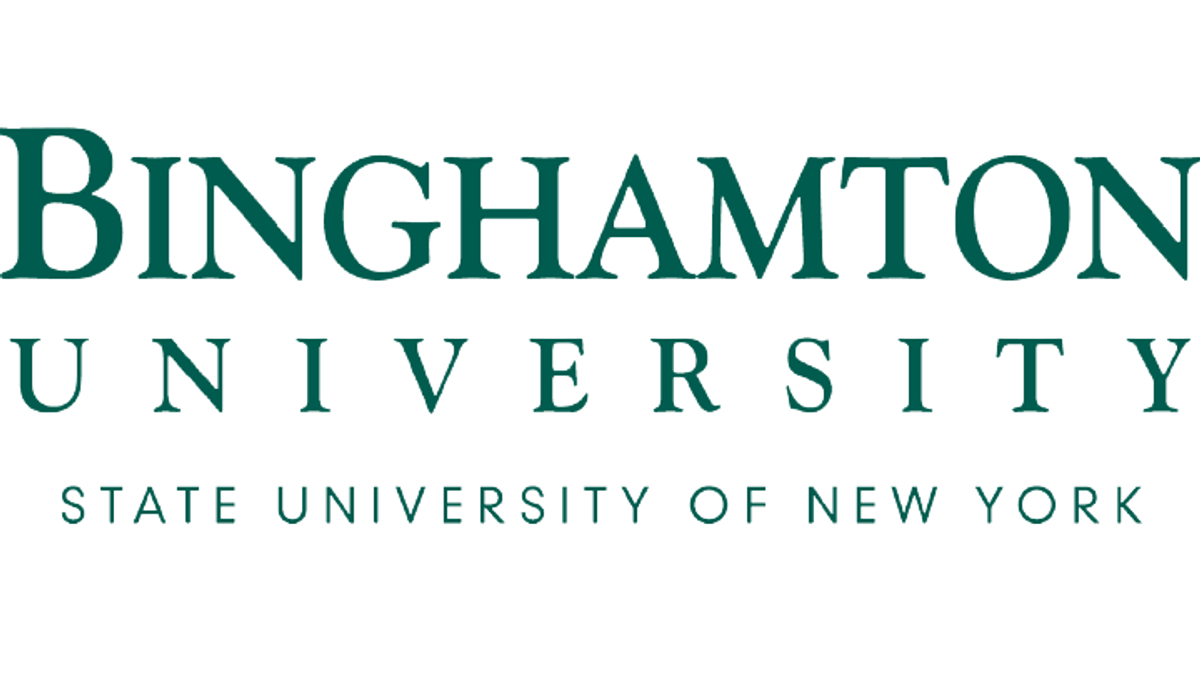Article

Binghamton University Prioritizes Student Retention with Automated Scheduling
At a time when higher education enrollment is declining, student retention is a top priority. But how can universities entice their students to return year after year? For Binghamton University, an industry leader in student success and retention, a large part of that answer lies in how they engage students both inside and outside of the classroom.
Higher education enrollment across the board has decreased by nearly 3 million students (about the population of Arkansas) in the last 10 years, according to the National Student Clearinghouse Research Center. It’s likely this is due to factors like demographic trends, skepticism around the need for a degree, a national labor shortage and financial concerns stemming from the COVID-19 pandemic. When universities can’t count on a steady stream of new students coming in, they have to turn to ways to keep their current students enrolled. Student retention data show the national average for first-year students returning to the same school for their second year hovers around 66-67%. At Binghamton University, that number is 92%.
Several factors play into Binghamton’s success with retention, including student success initiatives, their unique approach to student selection, the new student orientation process, early alert systems and student-to-advisor or student-to-tutor engagement. Something as simple as making it easier for students to schedule meetings with their tutors and advisors can make a big difference in ensuring each student is engaged in their education journey—and makes it more likely that they remain enrolled.
Having a proactive student-advisor relationship can have a significant impact on retention. In fact, 25% of meetings end up not happening because the scheduling process is too cumbersome. Automated scheduling saves time and reduces friction, ensuring more of the student-advisor or student-tutor meetings take place. TimeTap, a scheduling system that makes scheduling simple and seamless, can help make this possible.
How TimeTap streamlines appointment scheduling for universities
Before implementing TimeTap, Binghamton University struggled to find a technology that allowed them to configure and customize the scheduling process between students and their advisors. They wanted to ensure the scheduling system they decided to use would only show students their assigned advisor’s schedule or other categories that were relevant to them. The system needed to be easy for both faculty and students to use, it needed to save time and increase efficiency and it needed to be uniquely configurable for the variable needs of different colleges and majors within the university.
After vetting several different scheduling tools, Binghamton University chose TimeTap for its critical features, including:
- The ability to integrate with the university’s CRM
- The easy customization options
- A positive student and advisor experience
- Reporting visibility into metrics that inform operational improvements
- Technical considerations like API access and secure sign-on with student and faculty IDs
Today, up to 4,000 appointments are scheduled each month with TimeTap, and this number will increase as additional departments begin to use the tool.
Scheduling metrics within TimeTap help to drive decision-making and optimize processes. From an operational standpoint, these metrics help the university understand how staff is utilized, examine the cause and effect of any given meeting and identify opportunities to optimize support for student success.
“TimeTap is so simple and straightforward to use,” says Michael Trapani, senior associate registrar. “Students are already familiar with booking online—and even expect it. Plus, our advisors and staff are happy with it.”
Calculating ROI for your own college or university scheduling software
When universities think about making an investment in a technology like TimeTap—one that facilitates appointment scheduling and supports advisor-to-student engagement — there are two ways to consider a return on your investment: time savings and retention.
Back and forth communication over email or even on the phone can be the biggest hindrance to scheduling a meeting. Having access to a fully customized and configured scheduling tool for students, staff and faculty can save a significant amount of time in manual scheduling. If, for instance, an online scheduling tool can save just 3 minutes per scheduled appointment, that could equate to 6,000 hours of time saved per year for an institution setting 10,000 appointments each month. If you want to take that scenario calculation further, add in the average salary cost per hour to each of those saved hours to better understand how time saved can equate to dollars saved.
What would your return-on-investment look like if you could increase first-year retention by just 1% among 25% of first-year students? Here’s an example:
- Let’s say you have 5,000 first-year enrolled students.
- A 1% increase in first-year retention would equal 50 students, and 25% of those 50 students is 12.5 students.
- Take your university’s average revenue per student, per credit, and then calculate the additional revenue for your 12.5 returning students. That’s your return on investment with increased student retention.
The above numbers are for demonstrative purposes and can be customized for your institution based on factors like tuition, staff salary, average credit load, retention percentages, etc. Contact us today and we’d be happy to help you build a business case for investing in appointment scheduling technology at your institution.


